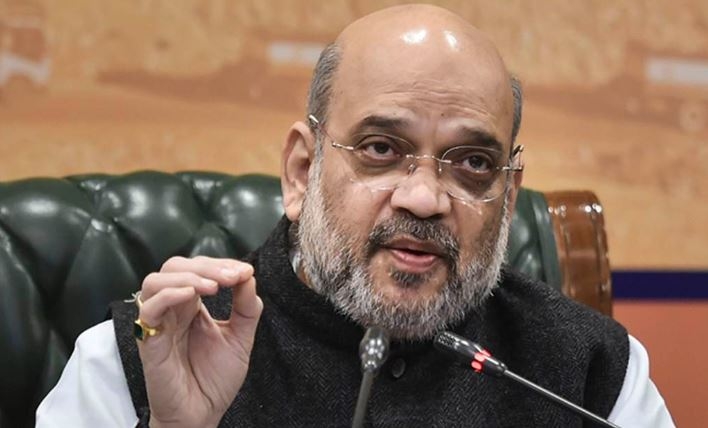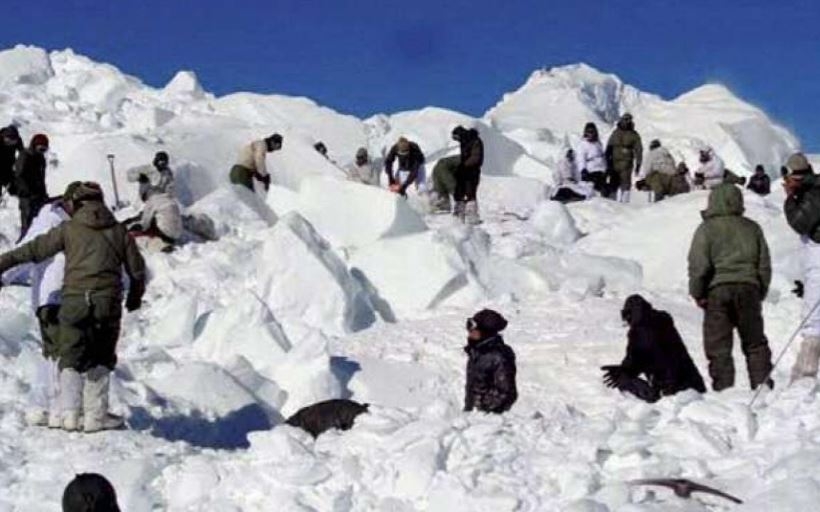After a smooth three-and-a-half year run, the Narendra Modi government began experiencing troika of looming global risks to the Indian economy late last year. Since the start of 2018, foreign investors fled debt and equities, trade deficit swelled and precipitated a fall in the rupee, and crude oil prices continued to be volatile. However, as compared with 2013, Indian economy is more resilient and looks better-prepared, rating agency Crisil said in a report. “Though most of India’s macro parameters have seen some strain lately, they also appear resilient when compared with the 2013 ‘taper tantrum’, and in better shape than other emerging markets to negotiate the latest onslaught of
global risks,” Crisil said.
After a smooth three-and-a-half year run, the Narendra Modi government began experiencing troika of looming global risks to the Indian economy late last year. Since the start of 2018, foreign investors fled debt and equities, trade deficit swelled and precipitated a fall in the rupee, and crude oil prices continued to be volatile. However, as compared with 2013, Indian economy is more resilient and looks better-prepared, rating agency Crisil said in a report. “Though most of India’s macro parameters have seen some strain lately, they also appear resilient when compared with the 2013 ‘taper tantrum’, and in better shape than other emerging markets to negotiate the latest onslaught of
global risks,” Crisil said.











294.jpeg)












